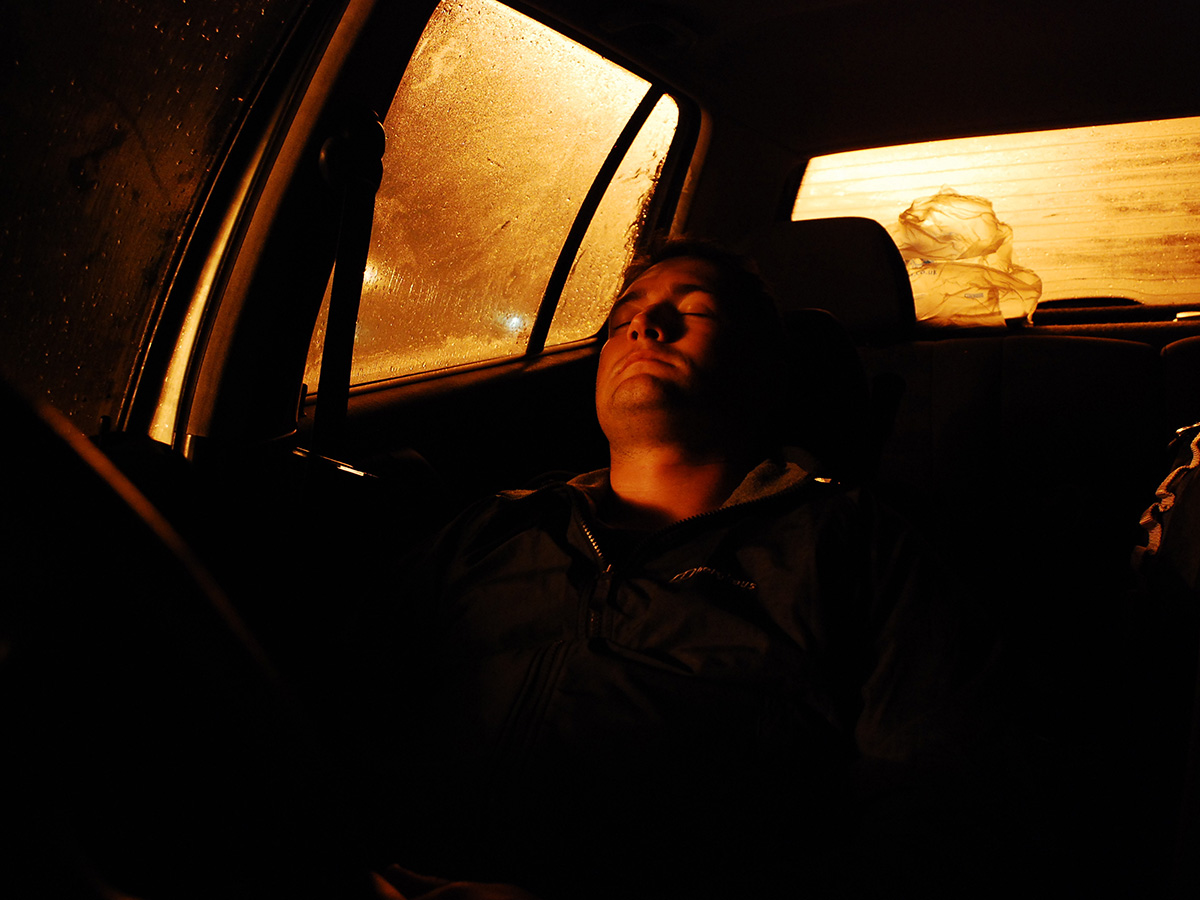When people are unable to find or afford housing, or do not receive assistance, they may find themselves homeless. While it is not the sole reason someone may be experiencing homelessness, lack of affordable, adequate housing in a community is a contributing factor.
Local officials do not have an exact count, but estimate there are at least fifteen individuals or families experiencing homelessness in Door County at any given time, according to Lyric Glynn. Glynn is the supportive housing director for Lakeshore CAP.
One might think homelessness is self-explanatory. However, there are gray areas in the definition, especially in mostly rural communities like Door County, according to Joe Krebsbach, the director of the Door County Department of Health and Human Services.
Sue Binish, the executive director of the Door County Housing Authority, agreed. “I would say over the 23 years I’ve been here, homelessness is a tough thing to define,” she said. “Yes, we do have some ‘sleeping on the streets,’ but I have way more that are staying with people, sleeping on couches, every night they have somewhere to go to sleep. Some definitions count those; some don’t.”
Generally homelessness is defined as not having a fixed, regular or adequate nighttime residence. The U.S. Department of Housing and Urban Development separates it into four categories, which include the general definition as well as individuals who have moved more than twice in 60 days, those who are at imminent risk of losing current housing and individuals fleeing or attempting to flee domestic violence.
People experiencing homelessness in Door County exist, Krebsbach said, but they do not look like someone sleeping on the street or in a doorway. Nor do they look like someone sleeping in a shelter, because there aren’t any here.
“Couch-surfing” or living in a vehicle is the most prevalent form of homelessness in Door County and other rural areas around the state, according to Krebsbach and other community leaders.
One of the biggest roadblocks to address homelessness here is a lack of resources, Krebsbach said. In a recent report to the HHS committee, Jamie Cole, the behavioral health program manager for the department, described having virtually no resources to provide clients experiencing homelessness who look for help from HHS.
No homeless shelters exist, and there are limited programs and funding to address the problem in Door County. Local churches, United Way of Door County, Lakeshore CAP, HELP of Door County and HHS have access to some gas and food gift cards, hotel vouchers and emergency housing assistance.
Colleen Homb is the executive director of Lakeshore CAP. “From what we can gather, there are some cases where homeless households from Door (County) go to Brown County for shelter services and they are then assisted by agencies who operate programs similar to ours in Brown County,” she wrote in an email.
Point In Time count crucial
Accurate information to quantify the need is another problem with addressing homelessness in Door County and other rural areas. HUD mandates that any municipality receiving funding for homeless relief perform a Point In Time, or PIT, count. A PIT count consists of volunteers canvassing communities and physically counting individuals experiencing homelessness.
A PIT count is tricky in rural places, where people experiencing homelessness are not necessarily visible, Krebsbach said.
The count takes place twice a year, in January and in July. Lakeshore CAP receives federal funding for its emergency housing assistance program and will be performing the summer count on July 23 and 24 and needs volunteers.
“I know it can seem impossible for some people to think there are homeless people in Door County, but there are,” Homb said. “And we need help locating them in order to provide resources and support.”

